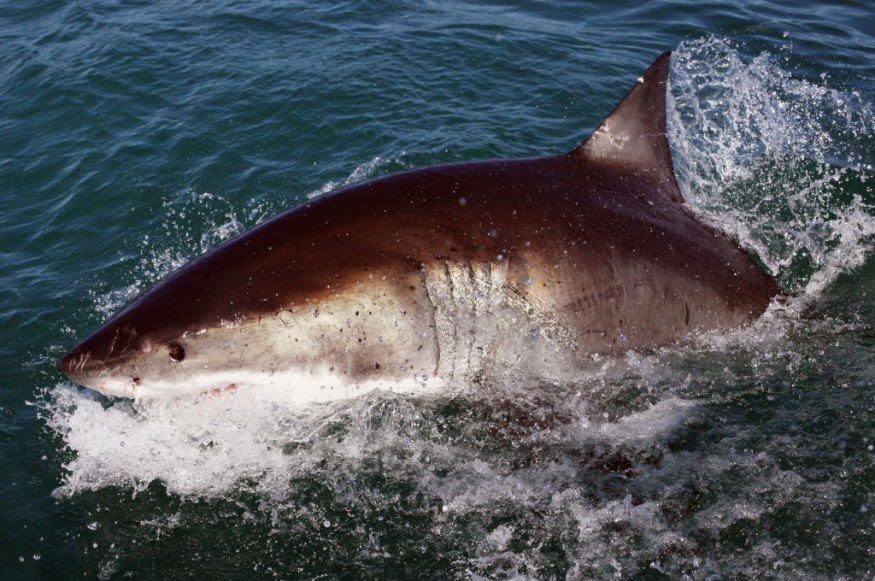Australian authorities have accounted for seven fatalities from shark attacks this year, the highest count since the 1930s. Experts believe that global warming may be one of the several factors behind the rise in yearly shark attacks.
Earlier in October, a surfer went missing after a shark attack in Kelp Beds Beach. His incident marks the seventh fatality from a shark attack this year. There were also eight attacks leaving the victims injured and six other shark attacks where the person was uninjured.
The shark spotted in the waters was an unknown species, shared the Department of Primary Industries and Regional Development. However, the south coast near the town of Esperance is known to be the breeding grounds of sharks such as the great whites.
Shark Attacks Associated with Climate Change
For the past 50 years, a spokesperson from Taronga Conservation Society Australia said that on average, there is only one fatal shark attack per year. The sharp increase in fatalities may be due to climate change.
As the oceans are getting warmer, entire marine ecosystems are adapting or are completely damaged. Several species are migrating irregularly and predators are following the new patterns of their prey. For sharks, it may mean following their prey into more shallow waters near the shore where they encounter humans.
Australia has been affected by global warming due to the devastating bush fires that have gotten worse every year. Surface water surrounding the continent is also four times warmer than the global average.
In the Great Barrier Reef, there has been mass coral bleaching due to climate change, causing the death of more than 50% of the coral. A lot of the mangrove forests have also died in the last 10 years due to climate change.
Culum Brown from Macquarie University said that the Great Barrier Reef and mangrove forests are both "responsible for massive diversity in marine ecosystems." As they are affected, large ecosystems are either moving or disappearing.

Following the Current
Species such as the yellowtail kingfish, the Sydney octopus, kelp, and plankton are migrating farther south just to find suitable conditions. They typically migrate north during the cold winters, said Brown, but can now stay in the south since the winter waters are warm enough.
Sharks found on the south coast are probably just responding to where the baitfish are, explained Brown. This is the first year, he shared, that he's "seen so many baitfish aggregations so close to the coast."
The Eastern Australian Current also plays a role in the movement of sharks. Species like the bull sharks like warmer waters and can be found in the south. As the current pushes cold water towards the east, some sharks can be found there getting closer to the shore and encountering humans.
Northern species such as the great whites and tiger sharks have followed pockets of cold water as south as Sydney. Robert Harcourt from Macquarie University said that the "dynamics of climate change mean their suitable habitat in terms of water temperature and prey distribution is changing as well." At the same time, increased anthropogenic activity on the coasts would mean more shark and human contact in the next few years.
Check out more news and information on Climate Change in Science Times.
© 2025 ScienceTimes.com All rights reserved. Do not reproduce without permission. The window to the world of Science Times.









